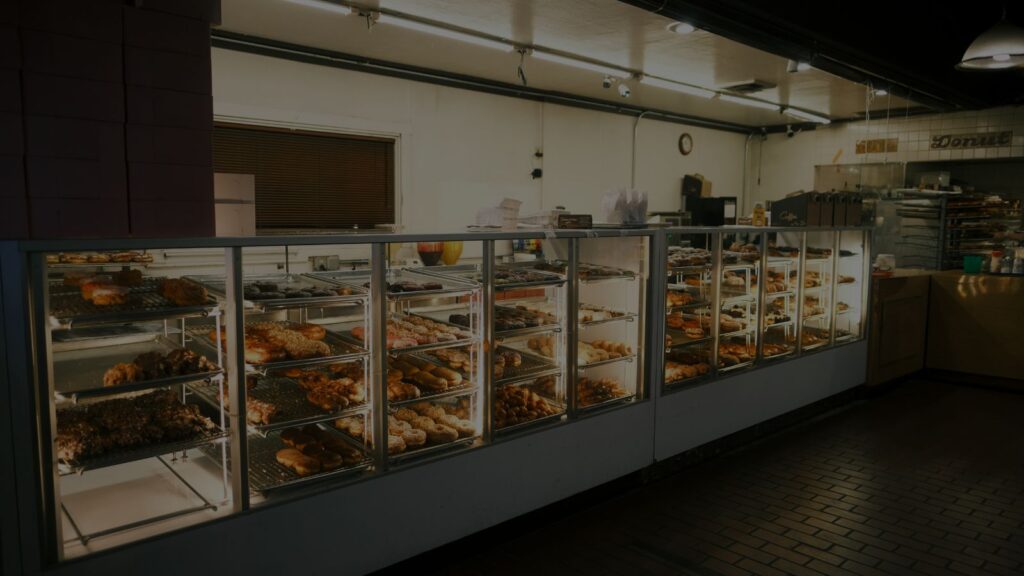Overview
The Illinois Department of Revenue has issued a letter ruling that clarifies which rate of tax should be used by a bakery that sells both:
- Food which has been prepared for immediate consumption
- Grocery-type items
- Provides facilities for on-premises consumption
Key Clarification
Bakery items prepared by the bakery can be taxed at the lower rate if the following conditions are met:
1. Physically Separated Areas
The area for on-premises consumption must be physically separated or otherwise distinguishable from the area where food not intended for immediate consumption is sold.
Definition of “Physically Separated”:
The Department generally defines “physically separated” as separated or divided by a tangible barrier. Examples include:
- Arrangement of display cases
- Service counters
- Stub walls
An eat-in-area that is partially isolated from the general sales area of a store by these elements would qualify as “physically separated.”
2. Separate Means of Recording and Accounting

The retailer must have a separate means of recording and accounting for collection of receipts from sales of both high and low rate foods.
Examples include:
- Cash registers that separately identify high rate and low rate sales
- Separate cash registers
- Any other method by which the tax on high and low rate sales are recorded at the time of collection
Frequently Asked Questions
What tax rate applies to bakery items sold for immediate consumption?
Bakery items prepared and sold for immediate consumption are generally subject to the higher tax rate. However, if specific conditions are met, such as physical separation of areas and separate accounting—the lower rate may apply to some sales.
How can a bakery qualify for the lower tax rate on certain items?
A bakery may qualify for the lower tax rate on grocery-type items not intended for immediate consumption if it has a physically separated sales area and uses separate accounting for high and low rate items.
What does “physically separated” mean in the context of the tax ruling?
“Physically separated” means a tangible barrier divides the areas. This can include features like display case arrangements, service counters, or stub walls that distinguish the eat-in space from the general sales area.
What are acceptable methods for separate accounting?
Acceptable methods include using cash registers that distinguish high-rate from low-rate sales, maintaining separate cash registers, or employing any system that distinctly records the two types of sales at the time of transaction.
Can a mixed-use bakery area still qualify for the lower tax rate?
Yes, as long as the eat-in area is partially isolated using tangible elements and the sales are recorded separately, the bakery can still benefit from the lower rate for grocery-type items.

